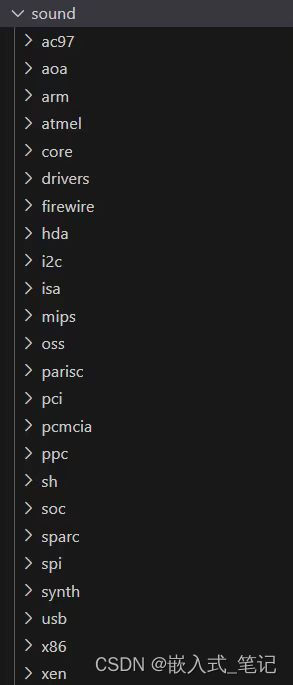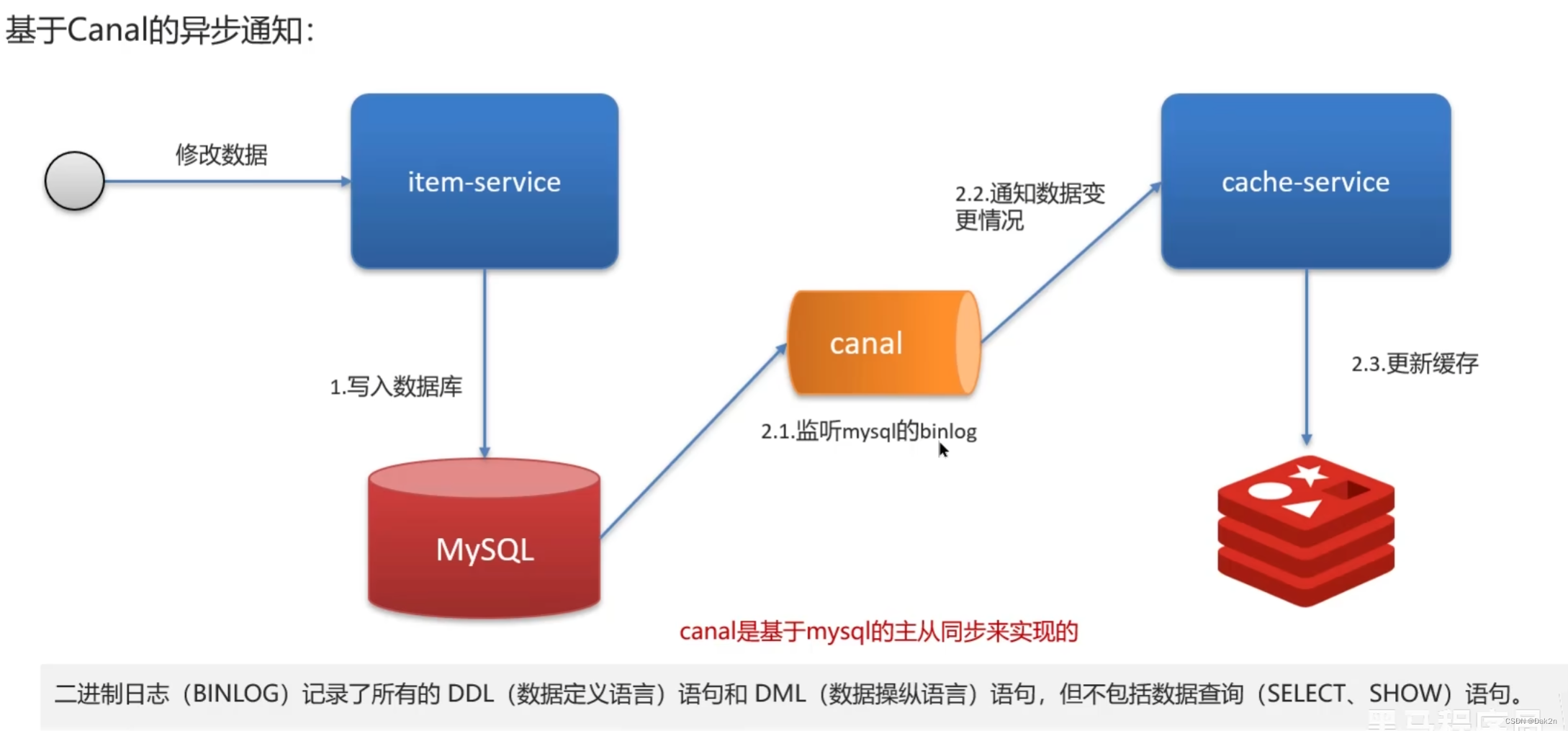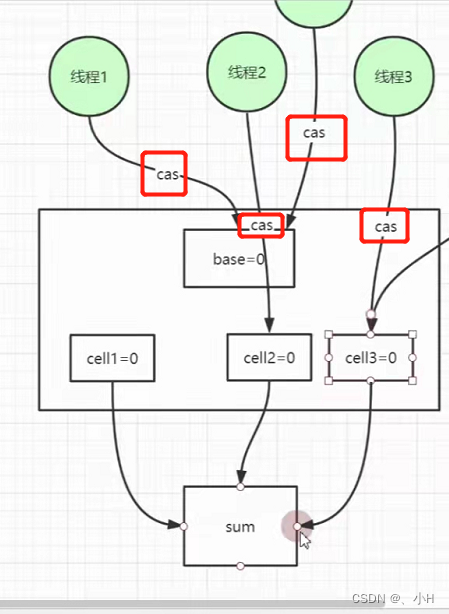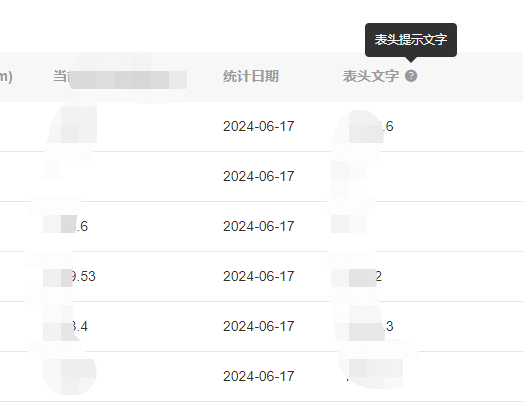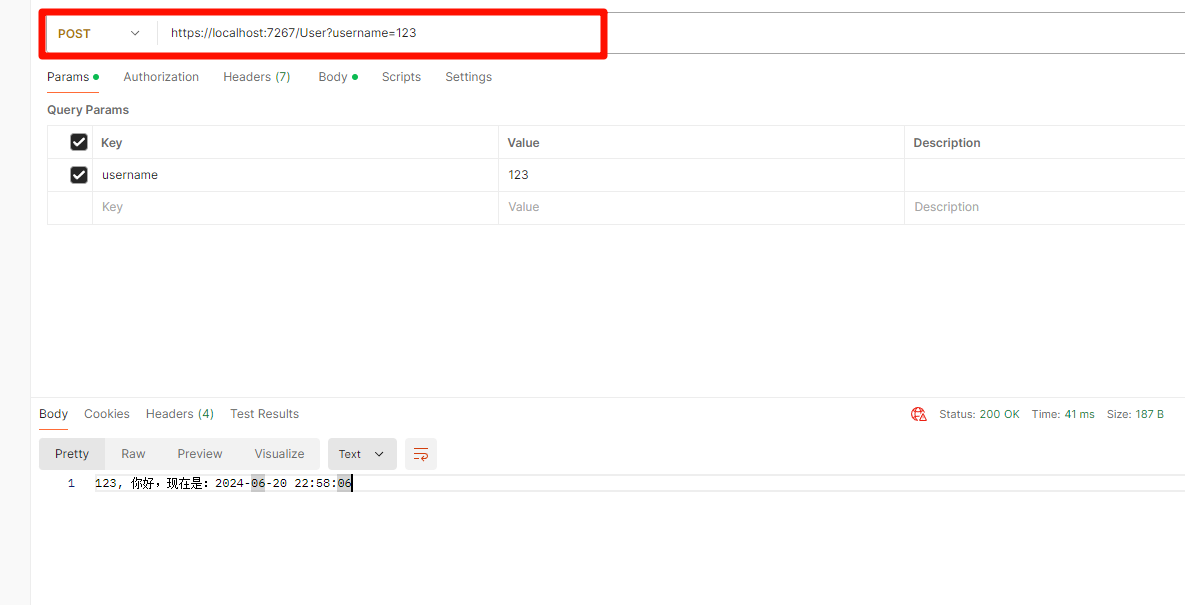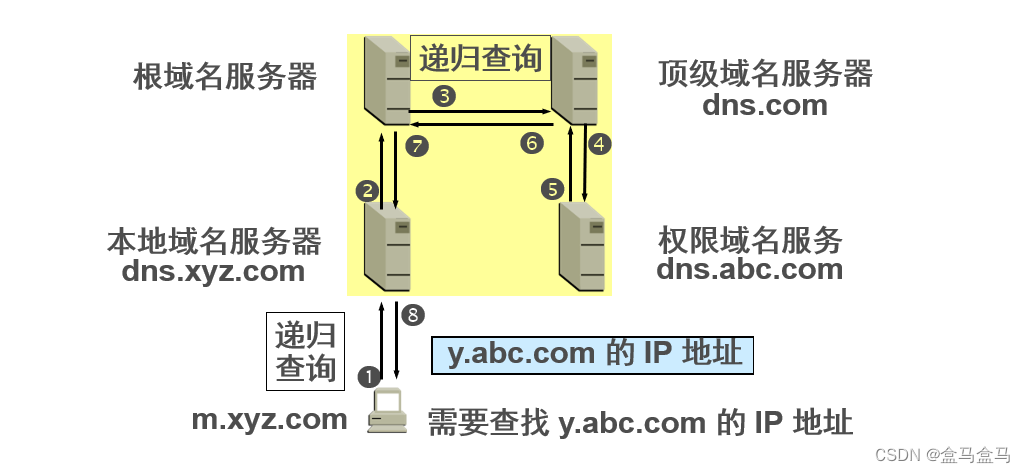之前
server
func main() {
http.HandleFunc("/", func(w http.ResponseWriter, r *http.Request) {
fmt.Println("Received request:", r.URL.Path)
fmt.Fprintf(w, "Hello, client! You requested: %s\n", r.URL.Path)
})
log.Println("Server is running on http://localhost:8080")
if err := http.ListenAndServe(":8080", nil); err != nil {
log.Fatal("ListenAndServe error: ", err)
}
}
client
func main() {
url := "http://localhost:8080/some-path"
// 创建HTTP GET请求
resp, err := http.Get(url)
if err != nil {
log.Fatal("HTTP GET error: ", err)
}
defer resp.Body.Close()
// 读取响应体
body, err := ioutil.ReadAll(resp.Body)
if err != nil {
log.Fatal("Error reading response body: ", err)
}
fmt.Println("Response from server:", string(body))
}
模式匹配优先级
如果两个模式重叠,那么更精确的模式优先。
如果 P1 符合 P2 请求的一个(严格)子集,P1 就比 P2 更精细
如果两者都不更具体,那么模式就会发生冲突
例外:
如果两个模式发生冲突,而其中一个有 HOST ,另一个没有,那么有 HOST 的模式优先。

example.com/ 比 / 更精细
因为第一个仅匹配主机 example.com 的请求,而第二个匹配任何请求
GET / 比 / 更精细
因为第一个仅匹配 GET 和 HEAD 请求,而第二个匹配任何请求
/b/{bucket}/o/default 比 /b/{bucket}/o/{noun} 更精细
第一个仅匹配第四个元素是文字 “default” 的路径,而在第二个中,第四个元素可以是任何内容
匹配方法
模式匹配将支持以 HTTP 方法开头,后跟空格,如 GET /demo 或 GET demo.com/ 中
带有方法的模式仅用于匹配具有该方法的请求
Go1.22 起,http.ServeMux 可以这么写:
mux.HandleFunc("POST /demo/create", func(w http.ResponseWriter, r *http.Request) {
fmt.Fprint(w, "demo create")
})
mux.HandleFunc("GET /demo/update", func(w http.ResponseWriter, r *http.Request) {
fmt.Fprint(w, "demo update")
})
通配符
模式匹配将支持 {name} 或 {name…}
例如:/b/{bucket}/o/{objectname…}
该名称必须是有效的 Go 标识符和符合完整路径元素的标准
它们前面必须有斜杠,后面必须有斜杠或字符串末尾
例如:/b_{bucket} 不是有效的通配模式
Go1.22 起,http.ServeMux 可以这么写:
mux.HandleFunc("/demo/{id}", func(w http.ResponseWriter, r *http.Request) {
id := r.PathValue("id")
fmt.Fprint(w, "id %s", id)
})
mux.HandleFunc("/demo/{path...}", func(w http.ResponseWriter, r *http.Request) {
path := r.PathValue("path")
fmt.Fprint(w, "path %s", path)
})
示例
server
func main() {
http.HandleFunc("/demo/{id}", func(w http.ResponseWriter, r *http.Request) {
id := r.PathValue("id")
fmt.Fprintf(w, "id %s\n", id)
fmt.Fprintf(w, "Hello, client! You requested: %s\n", r.URL.Path)
})
log.Println("Server is running on /demo/x")
if err := http.ListenAndServe(":8080", nil); err != nil {
log.Fatal("ListenAndServe error: ", err)
}
}
client
func client() {
url := "http://localhost:8080/demo/2?name=cucc"
// 创建HTTP GET请求
resp, err := http.Get(url)
if err != nil {
log.Fatal("HTTP GET error: ", err)
}
defer resp.Body.Close()
// 读取响应体
body, err := ioutil.ReadAll(resp.Body)
if err != nil {
log.Fatal("Error reading response body: ", err)
}
fmt.Println("Response from server:\n", string(body))
}

